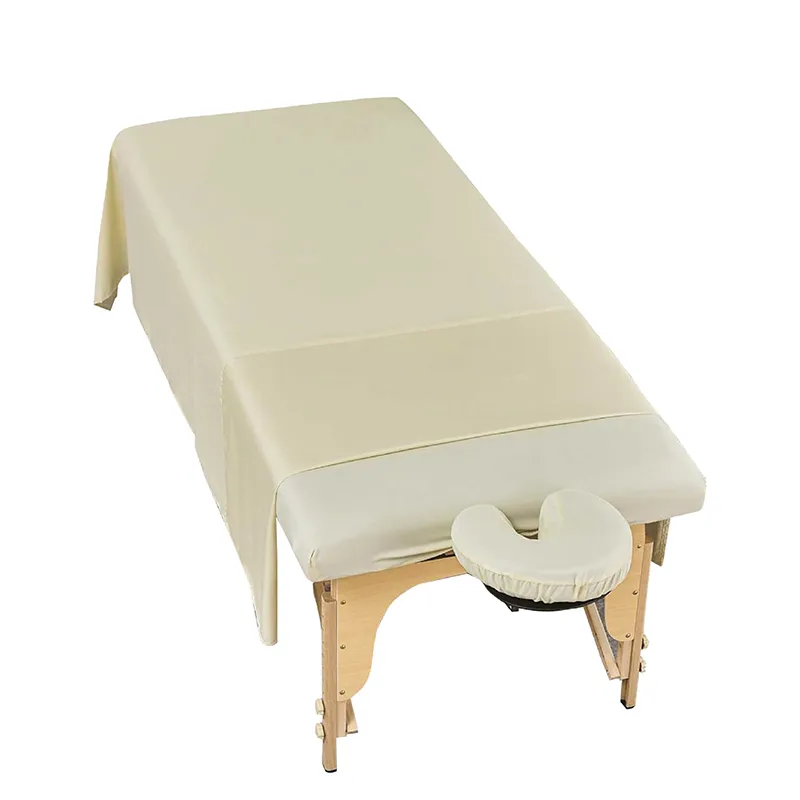Filler Options for Your Perfect Duvet Cover Selection
Choosing the Right Filler for Your Duvet Cover A Comprehensive Guide
When it comes to creating a comfortable and aesthetically pleasing bedroom, selecting the right duvet cover and its filler is essential. A duvet cover serves not only as a protective layer for your duvet but also plays a significant role in the overall design and functionality of your bedding. This article will delve into the various types of fillers available for duvet covers, their benefits, and tips for making the best choice.
Understanding Duvet Fillers
Duvet fillers are the materials used within the duvet, providing warmth and insulation. There are several common types of fillers, each with its distinct characteristics
1. Down Fill Down is a natural filler sourced from the soft feathers of ducks and geese. Known for its lightweight and insulating properties, down provides excellent warmth without the bulk. It is extremely soft and plush, making it a popular choice for luxury bedding. However, down does require proper care, as it can lose its insulating properties if it becomes damp or matted.
2. Feather Fill Similar to down, feather-filled duvets contain the outer feathers of birds. While they are denser and firmer than down, feathers can sometimes poke through the duvet cover, which could be uncomfortable. Feather duvets tend to be more affordable than down, making them a popular choice for budget-conscious consumers.
3. Synthetic Fill Made from polyester or other synthetic materials, synthetic duvets offer a hypoallergenic alternative to down and feather fills. They are generally easier to care for and can be washed at home without concern over damage. Synthetic fills can mimic the softness of down but may not provide the same level of warmth. They are ideal for individuals who suffer from allergies or prefer a low-maintenance option.
4. Wool Fill Wool is a natural insulator that is moisture-wicking and can regulate temperature effectively. Wool-filled duvets are great for varying climates, keeping you warm in winter and cool in summer. They are also hypoallergenic and resistant to dust mites, making them an excellent choice for allergy sufferers.
5. Cotton Fill Cotton-filled duvets are breathable and comfortable, offering a moderate level of warmth. They are also easy to care for and can be machine washed. Cotton is a good option for those seeking an eco-friendly filler, as it is biodegradable and sustainable.
filler for duvet cover

Factors to Consider
When choosing the right filler for your duvet cover, consider the following factors
- Climate Your local climate can significantly influence your choice. For colder environments, down or wool is often preferred for its superior warmth. In milder climates, lighter options like cotton or synthetic fill may suffice.
- Allergies If you have allergies or sensitivities, opt for synthetic or wool fillers, as they tend to resist allergens like dust mites.
- Maintenance Consider how much effort you are willing to invest in caring for your duvet. Synthetic fills often require less maintenance compared to down.
- Personal Preference Ultimately, comfort is subjective. Some may prefer the plush feel of down, while others might favor the firmness of synthetic options. Testing different types can help identify what works best for your sleep style.
Conclusion
Selecting the right filler for your duvet cover is crucial for ensuring a comfortable night's sleep. With various options available, assess your needs regarding warmth, allergies, maintenance, and personal comfort. By understanding the different fillers, you can create a serene and inviting bedroom that caters to your individual preferences. Happy bedding!
-
Elevating Comfort and Quality with the Right Bed LinenNewsJul.07, 2025
-
Bedding Essentials: From Percale Sheets to White Quilts, Finding Your Perfect Sleep HavenNewsJul.07, 2025
-
Choosing the Right Bedding for a Comfortable and Stylish BedroomNewsJul.07, 2025
-
Understanding the Diverse World of Towel TypesNewsMay.29, 2025
-
The Ultimate Comfort: Discover the Benefits of Polycotton SheetsNewsMay.29, 2025
-
Experience Luxury with 1800 Brushed Microfiber SheetsNewsMay.29, 2025
-
Elevate Your Sleep with Luxurious Hotel Sheets for SaleNewsMay.29, 2025






